
From flower harvesting at Gather Mountain Blooms to planting garlic at the Hillside Hub and transforming yards into sustainable landscapes, the fall season is alive with community-driven projects in Colorado Springs.
Whether it's celebrating vibrant blooms, addressing food justice, or creating eco-friendly gardens, locals are coming together to mark the season with purpose and creativity.
Here are three vignettes from before the first snow.
Fall Festivities at Gather Mountain Blooms
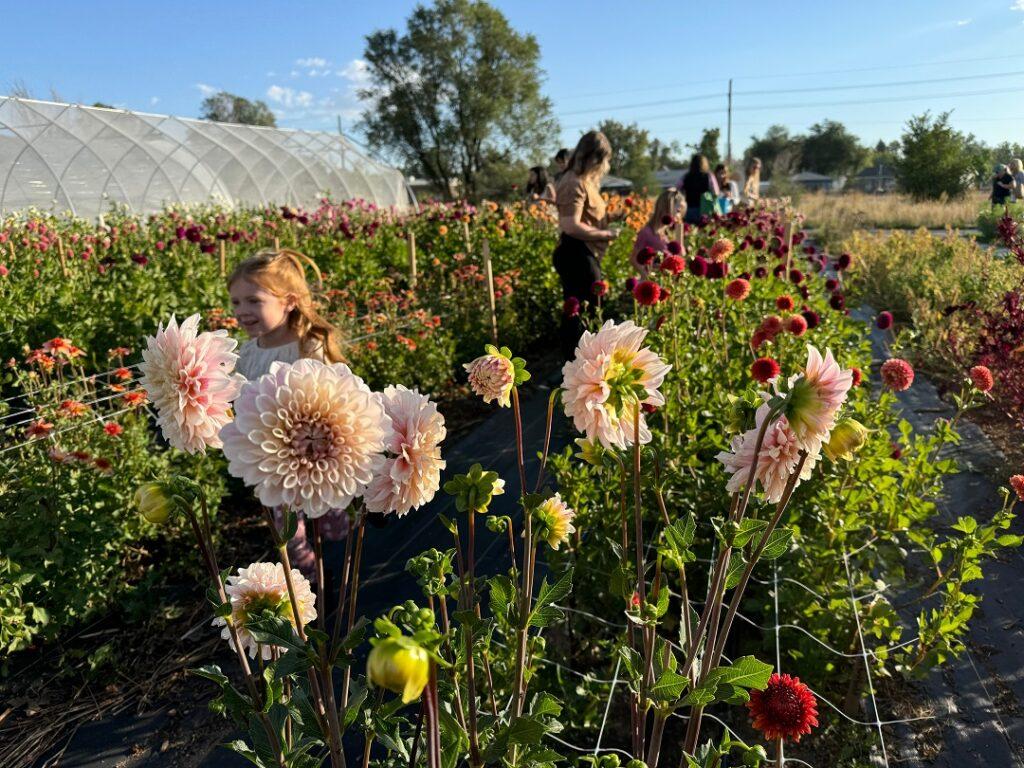
Rows of dahlias, marigolds, and zinnias burst with color on an October morning at Venetucci Farm in Colorado Springs. Here, visitors can cut and arrange flowers to make bouquets to take home. The “Harvest Hootenanny” has become an annual event for Gather Mountain Blooms, which operates out of the Venetucci plot. Nikki McComsey, the head flower farmer, said the festival is one of the best parts of her job.
“We grow flowers for people, so we grow them because we love community and we love bringing people together around flowers. It’s really what drives us.”
Venetucci Farm began nearly 100 years ago and established a tradition of fall festivities with its annual pumpkin giveaway. Gather Mountain Blooms has grown flowers on the historic farm for the past three years after water contamination linked to firefighting foam at Peterson Air Force Base made growing produce inviable in 2016.
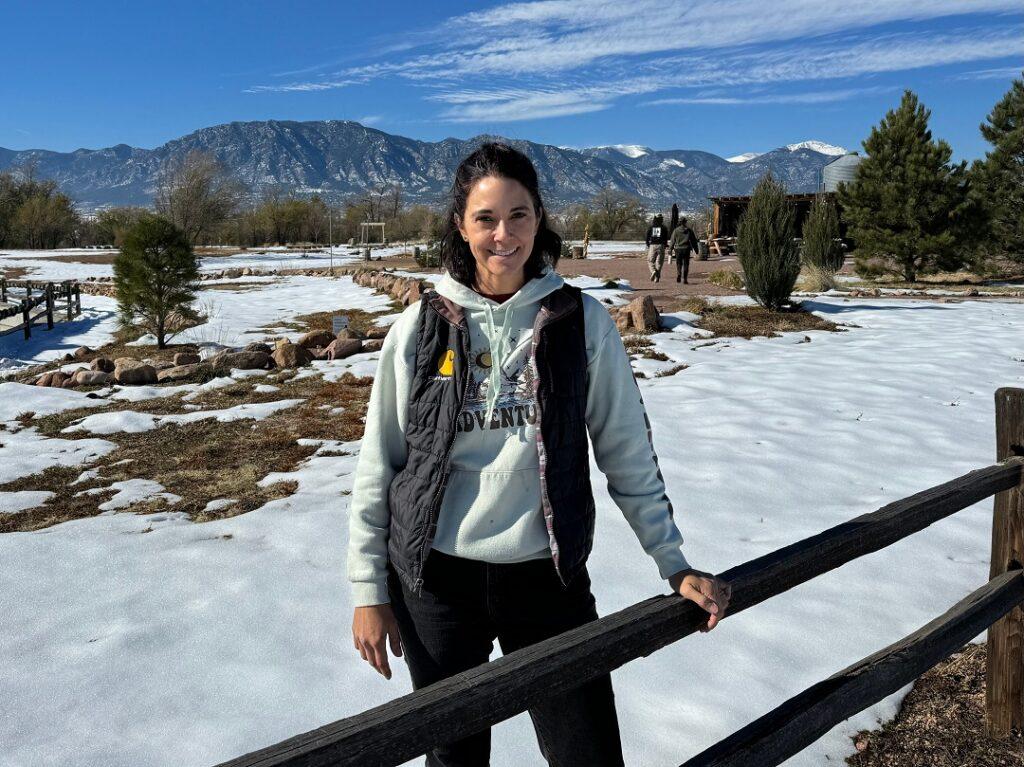
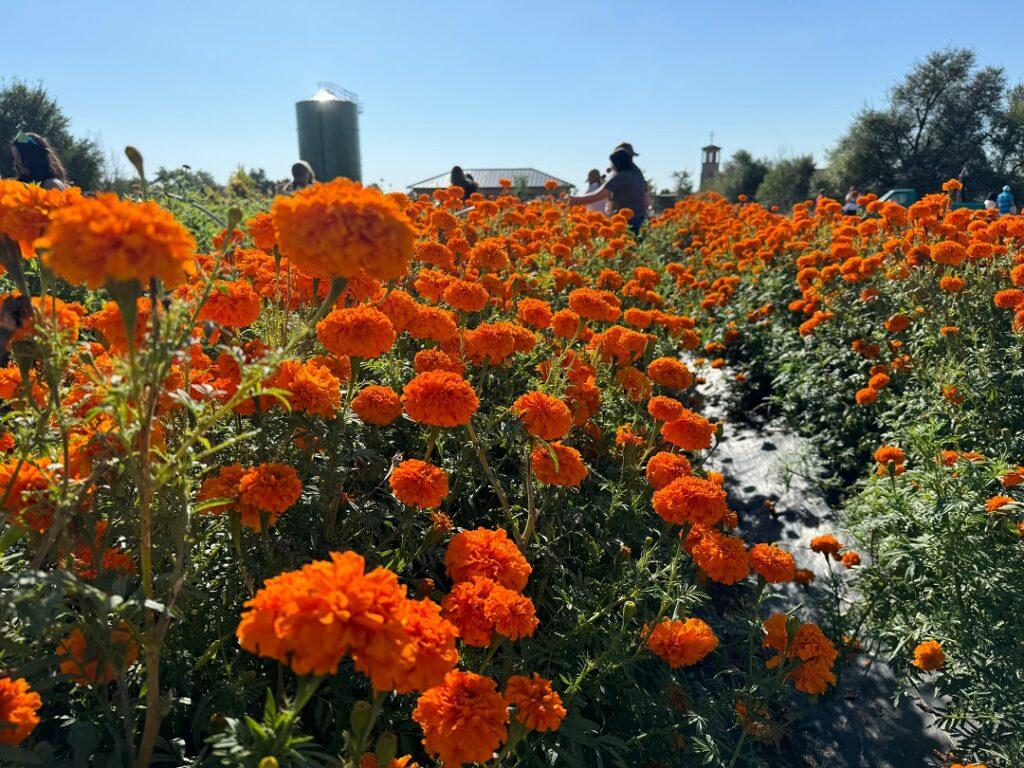
Gather Mountain Blooms has kept the farm active, adapting to each challenge as it arises. This year McComsey had to defend her flowers from a massive grasshopper outbreak, which meant covering hundreds of dahlia blooms with small jewelry bags. When her flowers make it to harvest, McComsey is always proud to share her bounty with visitors.
“September is prime dahlia month, so people are really excited about those,” said McComsey. “But then we’ve got zinnias, marigolds, cosmos, sunflowers.”
Amidst morning birdsong and fiddle tunes, guests walked amongst rows of purple, orange, and light pink dahlias, filling out their bouquets. Ina and Mike Muller came from Castle Rock to enjoy the last blooms of the season and the first signs of winter’s arrival.
“Corn stalks that are starting to decay or pumpkins that are starting to be harvestable… it’s kind of the end of life for them,” said Ina Muller. “It’s the same thing with flowers. So it all kind of comes together.”
Putting the Beds to Rest with Shane Nelson

Food to Power, a food justice non-profit, operates a farm in southeast Colorado Springs. Located at the end of Institute Street, the Hillside Hub grows vegetables for people who wouldn’t otherwise have access.
“We really want to be a resource to this neighborhood and then kind of radiate out to the city from there,” said head farmer Shane Nelson.
"Titles are elusive, but I'm the lettuce guy," he said.

Most of the produce is sold on-site. Some of it goes to local food drop-off services and is then distributed to the community. Nelson said it’s important to prioritize the Hillside neighborhood because the area has been a victim of what he calls "food apartheid," described as limited access to high-quality food in Hillside and southeast Colorado Springs.
As Nelson harvests rows of kale, arugula, and Swiss chard, his empty beds are ready for the farm’s final act: planting long rows of garlic.
“In the middle of the season, you get into a flow and every day is, you know, similar to the day before,” said Nelson. “And then in the fall, you start doing the tasks that you only do once a year. So planting garlic is definitely kind of a ritual of putting the beds to rest.”
Getting the garlic in the ground before the first freeze allows the bulbs to establish a strong root system before they go dormant in the winter.
Nelson covers the two freshly planted beds with a blanket of compost collected from yards in the neighborhood. The microbes and organic matter will feed and insulate the garlic as late fall gives way to winter freezes. As he pressed the cloves into the cold earth, Nelson remarked on the subtle shifts of the season.
“It’s a bit intangible,” said Nelson. “The quality of the air feels different. The sun is so bright and warm, but you can feel the chill underneath.”
Under their mats of microbes, the bulbs will persist through the cold, sequestering nutrients for their eventual eruption of bright green shoots and delicate purple flowers.
A Landscaping Makeover in Stratton Meadows
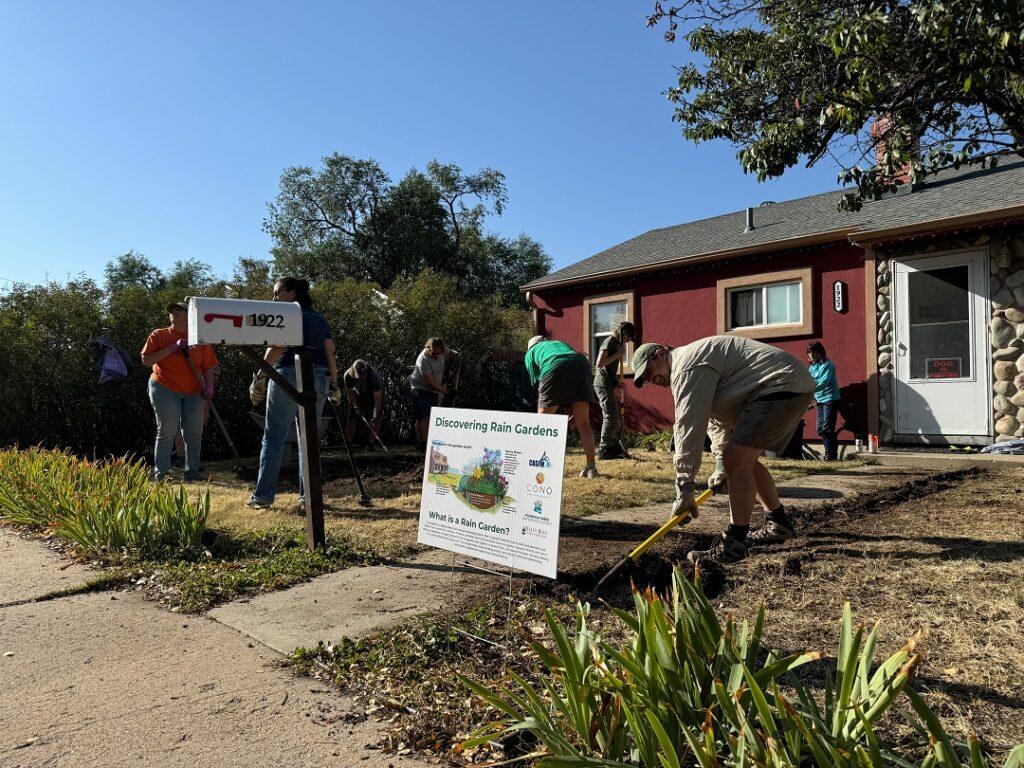
In Stratton Meadows on the south side of Colorado Springs, residents took advantage of mellow October weather to turn their neighbors’ front lawn into a bastion of biodiversity. Kelly Bull is a landscape designer and Stratton Meadows resident. She hosts what she calls “Planting Parties,” where anyone who wants to help can come to renovate a neighbor’s yard with native plants and a rainfall-centered watering system.
“I just have this dream of having this neighborhood full of drought-tolerant plants and pollinator plants and edible plants,” Bull said. “I’m really excited thinking about yard-by-yard in Stratton Meadows that’s just becoming this lush, green oasis of food and pollinators and wildlife.”
For this planting party, about 12 neighbors showed up to Stephanie and Frank Cordova’s house to help. Within two hours, the Cordova’s front yard looked more like a construction site than a lawn.
Neighbors strained against the tough grass roots as they carved a 10-foot-wide basin out of the Cordova’s front lawn. The plan was to center a peach tree in the hard-packed pit, surrounded by an assortment of smaller flowers planted in a layer of looser mulch. The basin’s dense soil layer captures rainwater that trickles through the mulch, keeping water available at the plants’ root tips.
Bull said water retention is the most important consideration for gardening in Colorado. “Everything about my landscape designs all revolves around water as our most limiting factor here, and so I want to use every drop of water that lands on a property.”
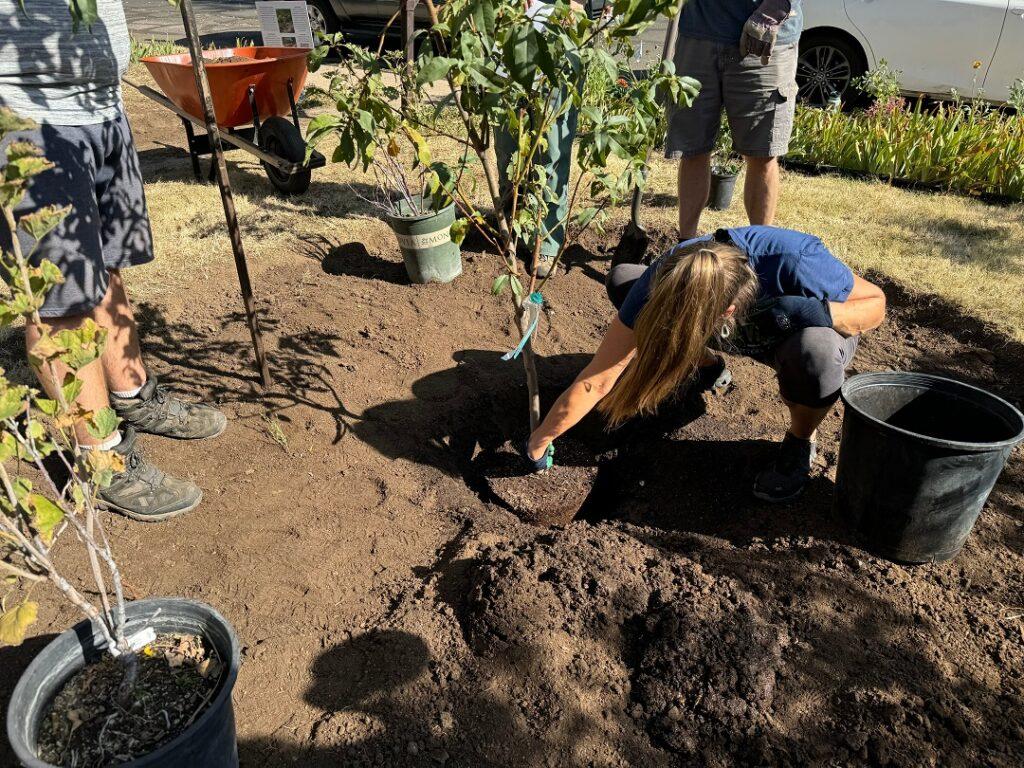

Stephanie Cordova wanted to update her yard after seeing the beauty of her neighbor’s garden, which was renovated during the first planting party. She was overjoyed to get her new plants established before winter.
“I thought we might have to wait until springtime to get it done, but no, we can start now… It’s really really cool to see how people can come together and help each other out.”
While fall tends to be a time of harvest, Bull sees it as an opportunity for growth.
“So when you plant them in the fall, they have a little bit of time to get established in the soil. And then, as the winter progresses, they’re still growing their root system underneath the ground. So they’re dormant above ground, but they’re able to get established over the winter. So when the spring hits, they’re in the ground ready to go, and they’re going to grow bigger and faster,” she said.
The Cordovas look forward to the spring blooms of Irises, Blue Wild Indigo, and Golden Columbine in the Denver Broncos-themed flower patch.
- How a CSU researcher is working to predict the perfect peach
- Denver’s Fairmount Cemetery is not just a final resting place — it’s a rose’s utopia
- How a rye revival in the San Luis Valley could save its soil and keep farms from turning to dust
- Farmers work to save an iconic crop by teaming up and trying new tools — including moths with an STD









